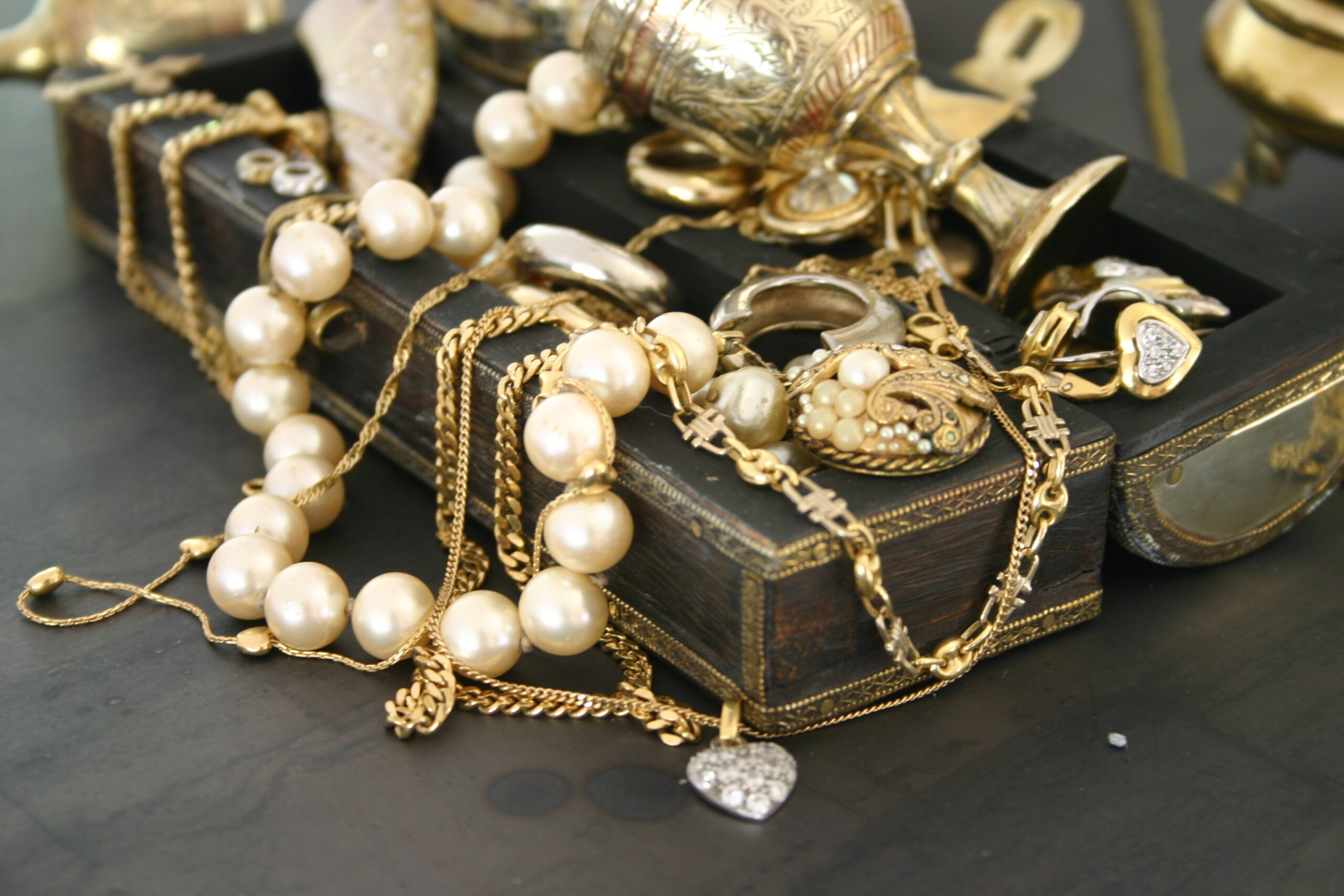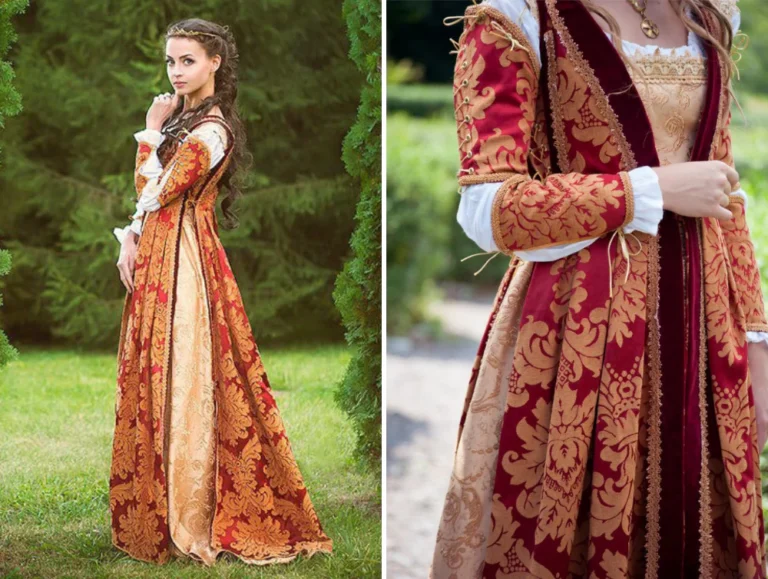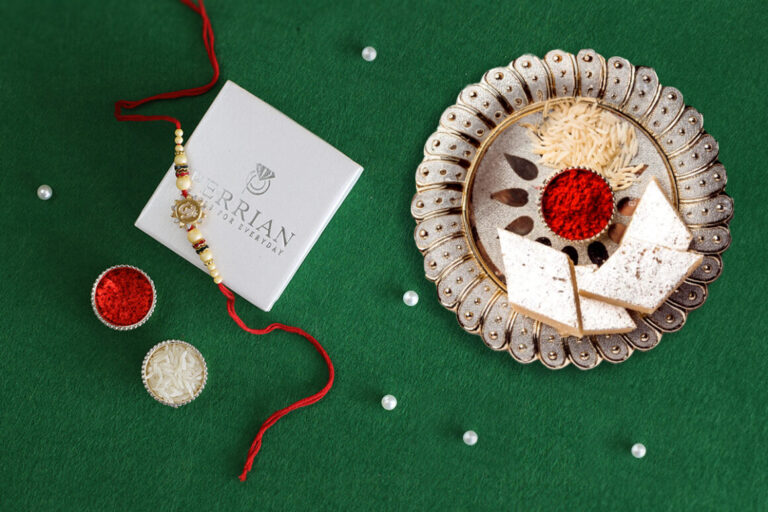The Timeless Allure of Jewelry: A Deep Dive into its History, Significance, and Craftsmanship
The Historical Evolution of Jewelry
50p coins Jewelry has a rich and intricate history that dates back to ancient civilizations. The earliest known pieces of jewelry were crafted from simple materials such as shells, bones, and stones, highlighting the human desire for adornment and self-expression. As societies evolved, so did the craftsmanship and materials used in jewelry making. The ancient Egyptians, for example, are renowned for their exquisite gold jewelry adorned with semi-precious stones like lapis lazuli and turquoise. Jewelry during this era was not merely ornamental but also held significant symbolic and religious meanings. Similarly, in ancient Greece and Rome, jewelry signified social status and was often used to showcase wealth and power. The journey of jewelry through various epochs, from the opulent Renaissance period to the modern era, reflects the continuous evolution of human culture and artistic expression.
The Cultural and Symbolic Significance of Jewelry
Beyond its aesthetic appeal, jewelry holds profound cultural and symbolic significance across different societies. In many cultures, jewelry is deeply intertwined with traditions and rituals. For instance, in India, jewelry is an integral part of various ceremonies, including weddings, where each piece symbolizes different aspects of the couple’s union and familial bonds. The symbolism of jewelry extends to its use in conveying messages of love, commitment, and remembrance. Engagement rings and wedding bands are global symbols of love and commitment, while heirloom pieces often serve as tangible connections to one’s ancestry and heritage. Furthermore, certain gemstones and metals are believed to possess spiritual and healing properties, adding another layer of meaning to the jewelry worn by individuals. This rich tapestry of symbolism underscores the multifaceted role that jewelry plays in human societies.
The Craftsmanship and Innovation in Jewelry Design
The art of jewelry making is a testament to human creativity and technical prowess. The journey from raw material to a finished piece of jewelry involves numerous stages, each requiring specialized skills and precision. Traditional techniques such as filigree, enameling, and stone setting have been perfected over centuries and are still revered in contemporary jewelry making. These methods demand a high level of craftsmanship and attention to detail, ensuring that each piece is unique and of exceptional quality. In recent years, technological advancements have revolutionized the jewelry industry. Techniques such as 3D printing and computer-aided design (CAD) allow for greater precision and the creation of intricate designs that were previously unimaginable. Despite these innovations, the essence of jewelry making remains rooted in artistry and craftsmanship, blending traditional methods with modern technology to create pieces that are both timeless and contemporary.
The Economic and Social Impact of the Jewelry Industry
The jewelry industry has a significant economic and social impact globally. It is a multi-billion-dollar industry that provides livelihoods to millions of people, from miners and artisans to retail workers and designers. The extraction of precious metals and gemstones is a crucial economic activity in many countries, particularly in developing regions where it can contribute substantially to the local economy. However, the industry also faces challenges related to ethical sourcing and sustainability. Issues such as conflict diamonds and the environmental impact of mining have led to increased scrutiny and the rise of movements advocating for responsible and sustainable practices. Initiatives such as fair trade certification and the use of recycled materials are gaining traction, reflecting a growing consumer demand for ethically produced jewelry. This shift towards sustainability and ethical practices is transforming the industry, promoting a balance between economic growth and social responsibility.
The Personal and Emotional Connection to Jewelry
Jewelry holds a deeply personal and emotional connection for many individuals. It is often associated with significant life events and milestones, serving as a cherished reminder of those moments. A piece of jewelry can carry sentimental value far beyond its monetary worth, becoming an heirloom passed down through generations. The act of giving and receiving jewelry is imbued with meaning, whether it is a gift to celebrate a birthday, an anniversary, or a symbol of love and affection. Moreover, jewelry allows individuals to express their personality and style, serving as an extension of their identity. The choice of jewelry can reflect personal tastes, cultural heritage, and even one’s mood. This personal connection to jewelry enhances its value, making it more than just an accessory but a significant part of one’s life story and identity.
In Conclusion
jewelry is a multifaceted and timeless form of adornment that encompasses history, culture, craftsmanship, economics, and personal significance. Its enduring appeal lies in its ability to evolve with human societies while maintaining its intrinsic beauty and meaning. Whether as a symbol of status, a piece of art, or a cherished heirloom, jewelry continues to captivate and inspire, reflecting the diverse tapestry of human experience.
Stay in touch to get more updates & news on Vyvy Manga !






